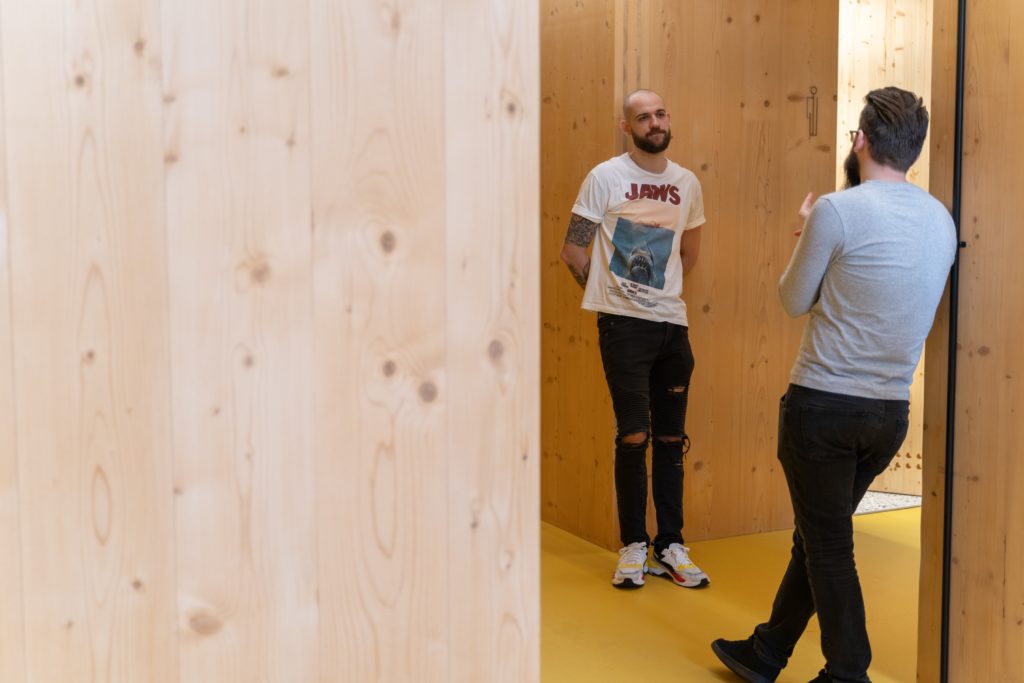
By Yvonne Milosevic
Do you consider yourself a good listener? Nancy Duarte, CEO of the Silicon Valley communication company Duarte Inc., is a powerful communicator. But even the best-positioned leaders can sometimes struggle to listen effectively all the time. Thankfully, awareness goes a long way toward improving the situation. Duarte recently outlined the four styles of adaptive listening required for the workplace in the MIT Sloan Management Review. She also shared pro tips so that anyone can become a better listener—and a more compelling leader.
“All of us are guilty of having a listening gap at least some of the time,” Duarte explains. That’s the mismatch between what a speaker wants from the conversation and how the listener actually responds. She says this often happens when our default listening style doesn’t support what the speaker needs at that moment.
“There isn’t one right way to listen all the time,” Duarte adds. “Instead, great listeners adapt the way they listen to help the person speaking accomplish their goals and meet their needs.”

How to Become a Better Listener
If you want to become a better listener, the first step is to be fully present when someone else is speaking. That means actively listening to them rather than formulating your response while they talk. Also, pay attention to their body language and tone of voice to help interpret the speaker’s motivation for the conversation.
“Each of us has a default listening style,” Duarte says, “but it doesn’t always align with what the person speaking to us wants or needs in that moment.” Duarte thinks we should all master these four types of listening at the office.
Type 1: Immerse
Immersive listening is what should happen when the speaker needs you to absorb what they’re saying without judgment. “The speaker’s main goal is for you to be a content sponge,” Duarte explains. ‘If someone says, ‘I’m here to give you an update today,’ or, ‘This is important for you to know,’ that’s your cue to be an immersive listener.”
Type 2: Discern
When you listen to discern, the speaker does want your input on an issue or situation they feel unsure about. “If the speaker says something like, ‘I need some feedback on this,’ or, ‘I’m not sure if this makes sense,’ that’s your signal to be a discerning listener,” Duarte says.
“You can respond in a way that helps the speaker get unstuck or consider alternative approaches,” she adds.

Type 3: Advance
Listening to advance gets even more specific. In these situations, the speaker needs help to move projects and processes forward, Duarte notes. “If they say, ‘We need to make a decision on this,’ or, ‘I don’t know how I’m going to get this project done,’ that’s a cue for you to be an Advance listener,” she points out. “You can offer a decision, take on some of the work yourself, or assist in delegating tasks to help the speaker get to the finish line,” Duarte says.
Type 4: Support
Supportive listening is something everyone should be doing these days as we forge ahead in the post-crisis landscape. Whether the speaker is talking about a work or personal triumph, or crisis, you want to validate their feelings. “You are the confidant or the cheerleader, depending on the context and situation,” she explains.

Discover Your Listening Style
Are you ready to become a better listener? Take the first step by learning your default listening style. Duarte Inc. has developed an online Adaptive Listening Assessment that will help you understand and adapt to become a more effective listener.
“Choosing a listening style appropriate to the wants and needs of the speaker can help overcome communication challenges in the workplace,” Duarte says. And that’s a win-win for everyone.


